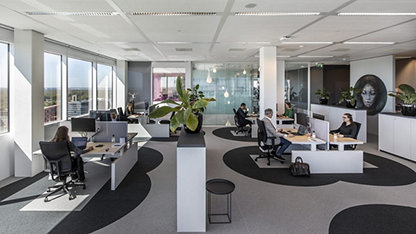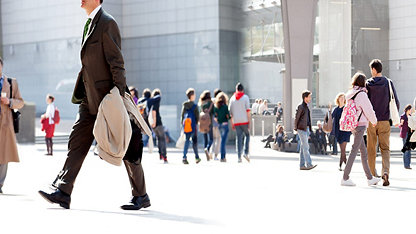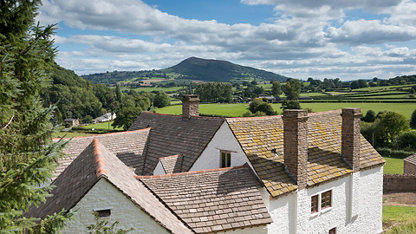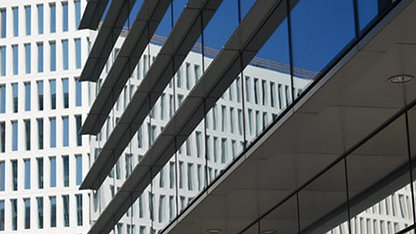Have you ever considered just how much time we spend indoors? Research by the European Commission suggests up to 90% of our lives are lived within buildings, at home, school or in the office.
Our bodies were not really designed to spend this much time inside. So, it begs the question – how does the quality of air, water and lighting inside all these spaces affect our health?
In fact, we’re only just waking up to the importance of wellbeing in our built environment, as we start to understand more about how buildings affect the physical and psychological welfare of the people inside them. It is surprising it has taken so long, because the effects of poor health in the workplace trickle down. There is an economic cost to not being at our best, whether that manifests in individual healthcare costs or lack of productivity. If an employee is not feeling well because of their working environment, there are knock-on effects for the entire business.
Landlords are also becoming much more interested in their tenants’ wellbeing, because knowing exactly how they feel about their space is vital to predicting the length of their tenancies. We’re now seeing employers wanting to make sure the workplace provides a fabulous environment for current and future employees.
The WELL Building Standard (WELL) takes a holistic approach to a building’s “soft” and “hard” focus areas. Landlords, facilities managers and designers are becoming increasingly aware of the hard-built environment elements that affect wellbeing – such as the quality of air, water, light and comfort. What are the materials we can use in buildings that emit less harmful chemicals? What will encourage better ventilation and air quality?
London's healthy streets?
The mayor’s aim for 2041 is that 80 per cent of Londoners’ trips will be on foot, by cycle, or on public transport.
And it is just as important to understand the soft-focus areas, such as workplace nutrition, physical activity and mental health. Although design teams are familiar with some of these approaches, we need to ask: are we doing enough and what is the next step?
What sets the WELL standard apart is the idea of on-site performance verification. Through WELL, we hope it will become standard practice for a third-party verifier to measure a building’s air, water, lighting, acoustic and comfort quality levels – critical on-site elements that should only be validated once the space is occupied.
WELL was launched in 2014. Since then, we’ve been working closely with BREEAM and sustainable building standards across Europe to share and integrate the latest knowledge around wellbeing, just as thinking around sustainability has become the norm in the industry. At present, 960 projects are engaged with WELL across 35 countries, encompassing 180m ft2 (16.7m m2). Currently under construction, the 2.2m ft2 (204,400 m2) 22 Bishopsgate tower in the City of London is the UK’s first WELL-registered project to incorporate wellness as a core feature throughout.
Good health and wellbeing is vitally important, and it need not come at a high cost. This is about making the right choices throughout the design process. The next version of the WELL standard (WELL v2) will be more flexible and applicable to all projects – through discounted sector-specific pricing for affordable housing, education, non-profits and the government sector; and a focus on feasibility for existing buildings and commercial interiors.
We need to stop considering wellbeing as an afterthought. Right from the outset, our buildings should be designed to help people live well and thrive.
- Ann-Marie Aguilar will be speaking at this year’s RICS Commercial Property Conference.














